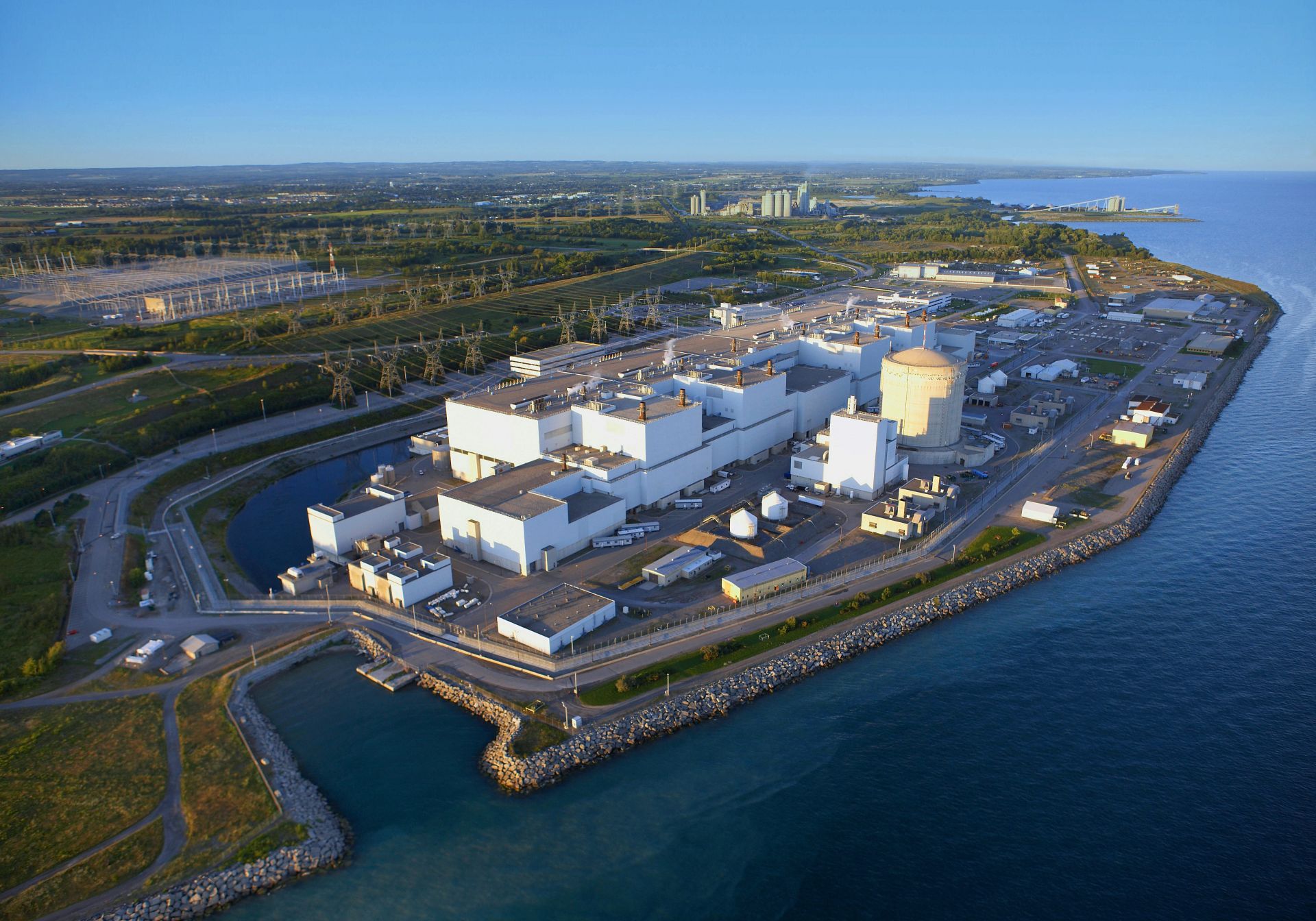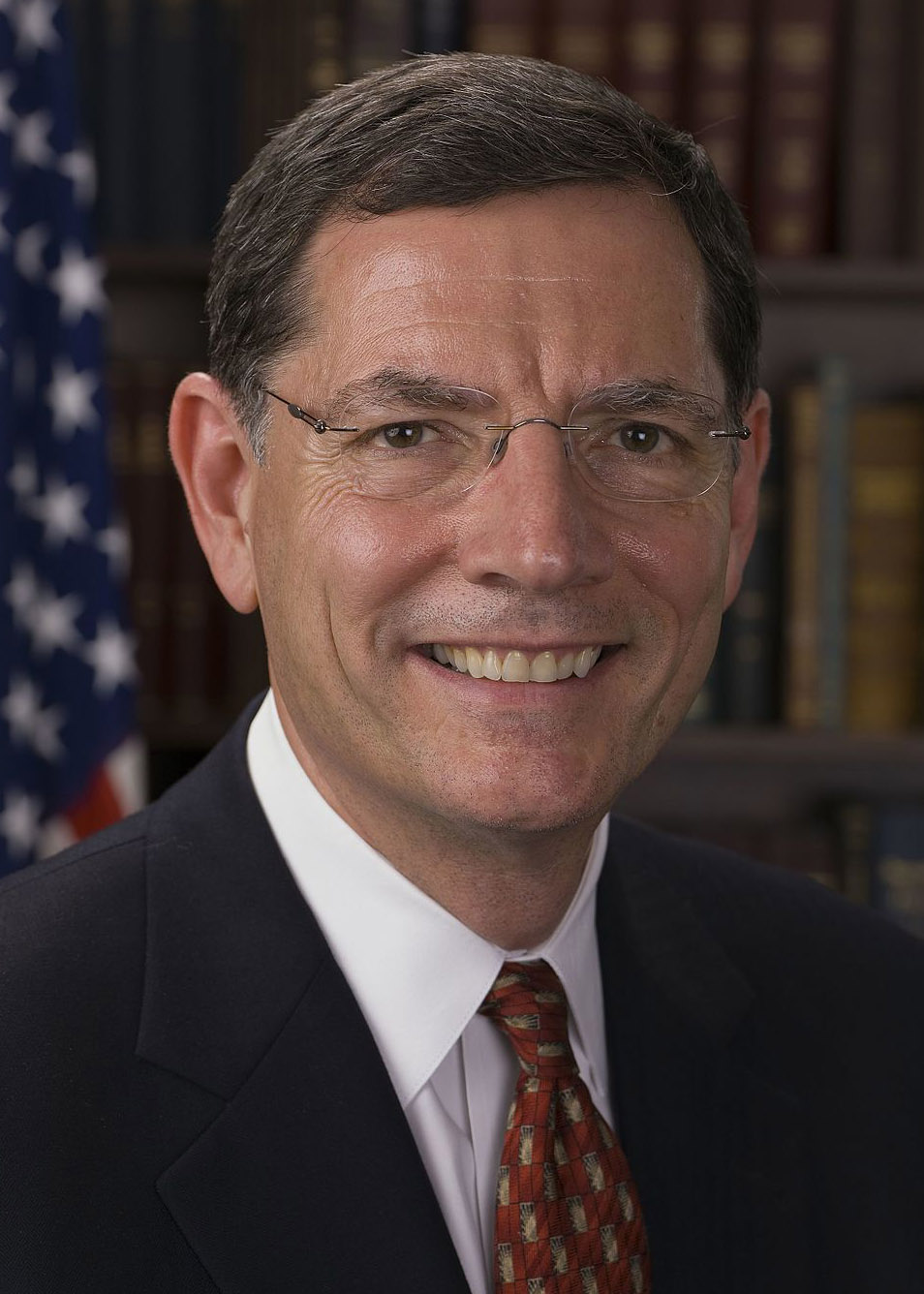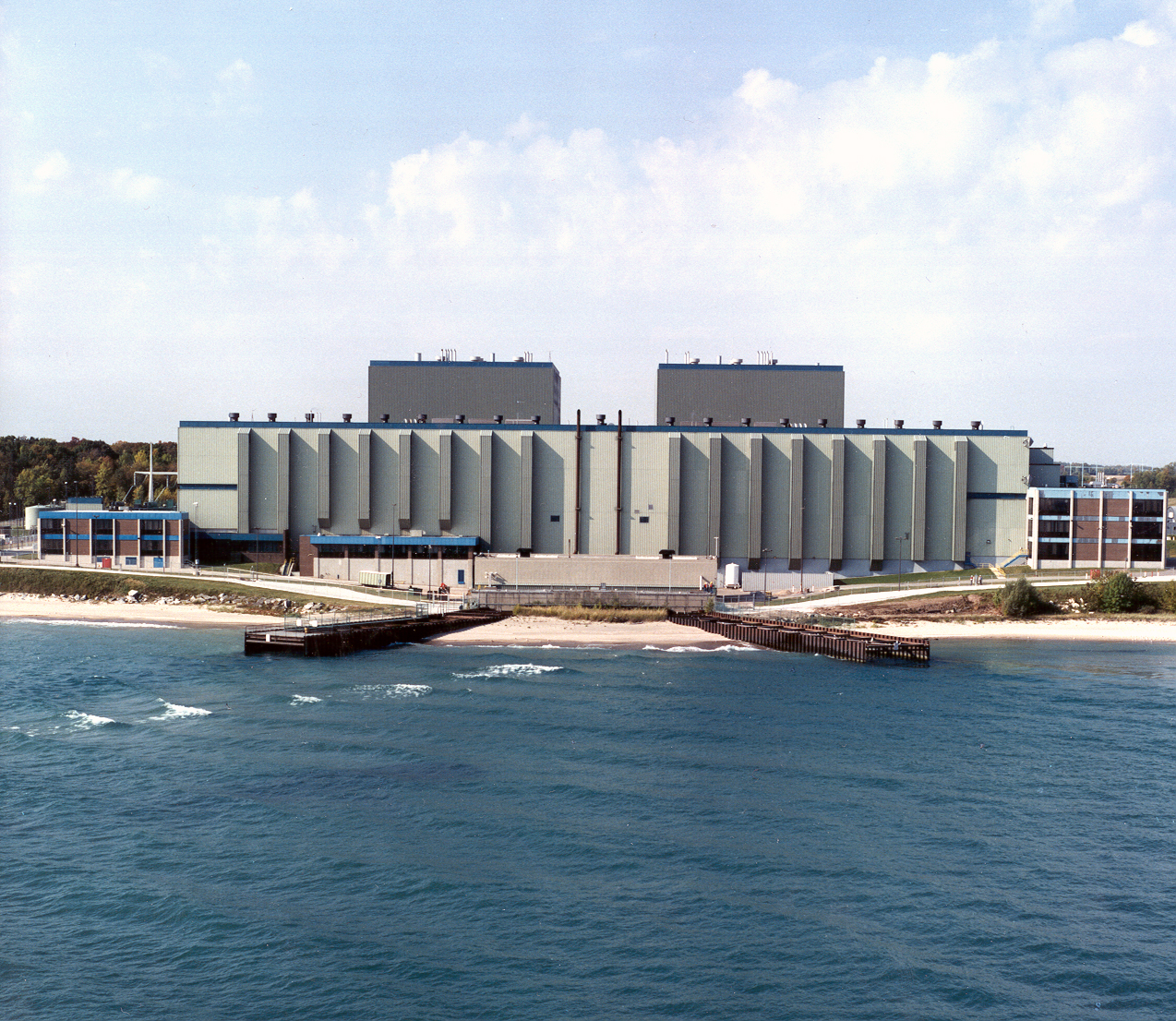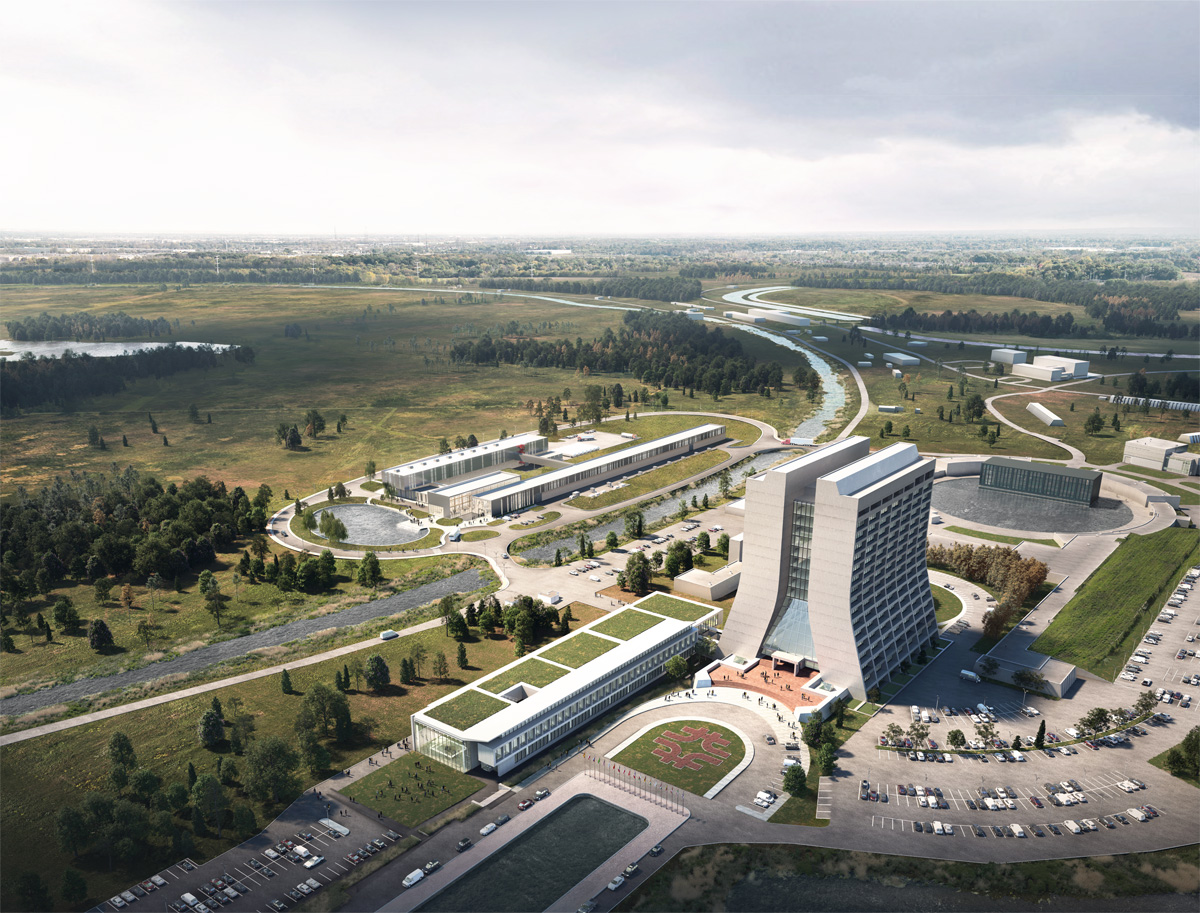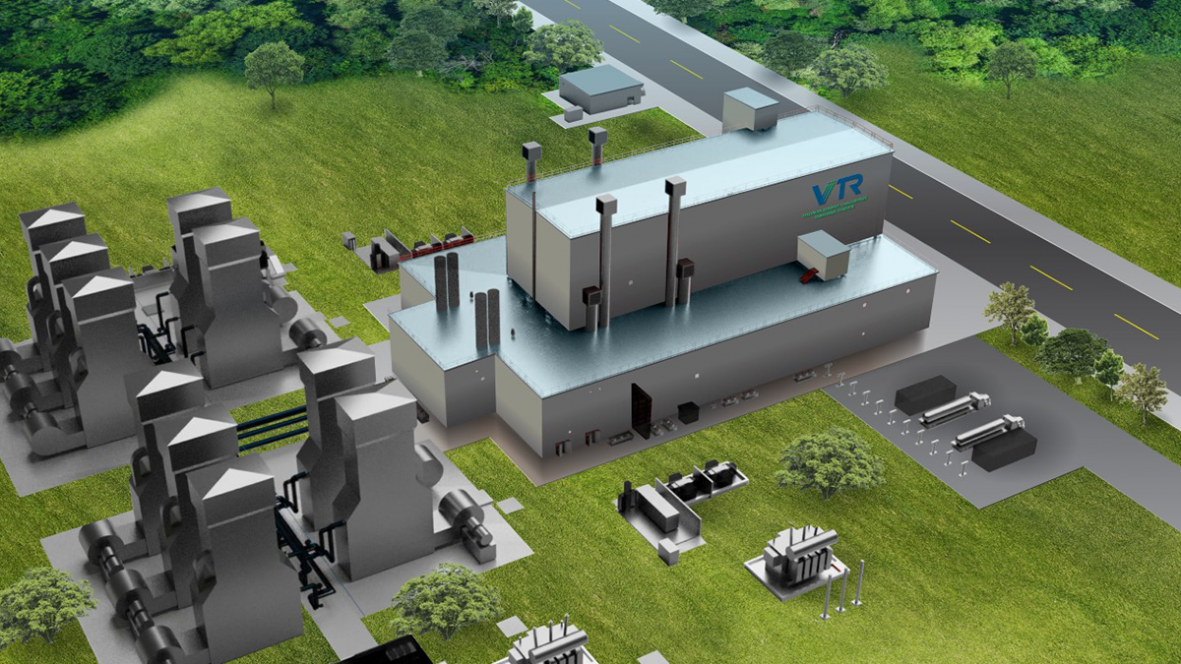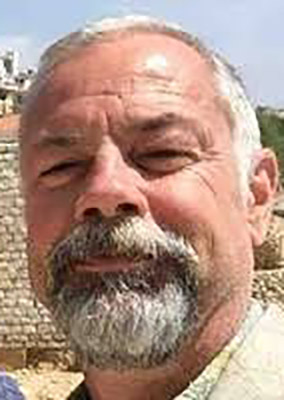Nuclear scores point in U.K. green plan
The United Kingdom, the first of the world’s major economies to adopt a legally binding commitment to achieve net-zero greenhouse gas emissions by 2050, has released a blueprint to help realize that goal—one that includes a substantial role for nuclear energy
The Ten Point Plan for a Green Industrial Revolution will mobilize a total of £12 billion (about $16 billion) of government investment to create and support up to 250,000 highly skilled green jobs in the United Kingdom and spur over three times as much private sector investment by 2030, according to the UK government on November 18.
In addition to nuclear, offshore wind, hydrogen production, carbon capture, and vehicle electrification are also earmarked for significant investment in the 38-page document.


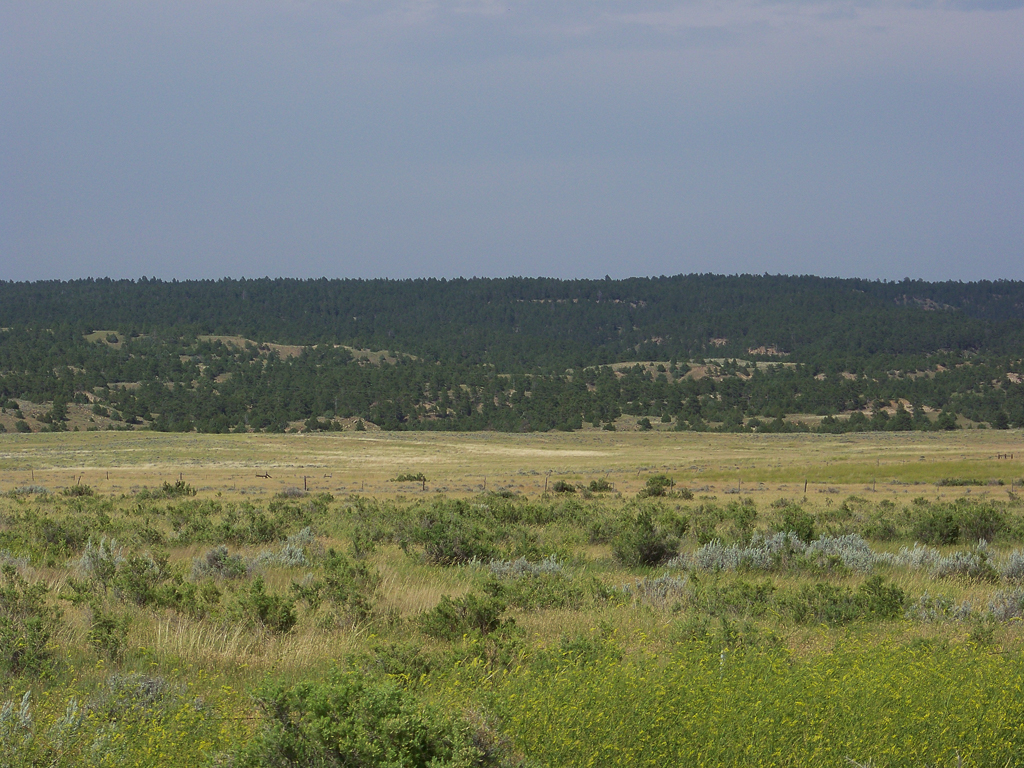
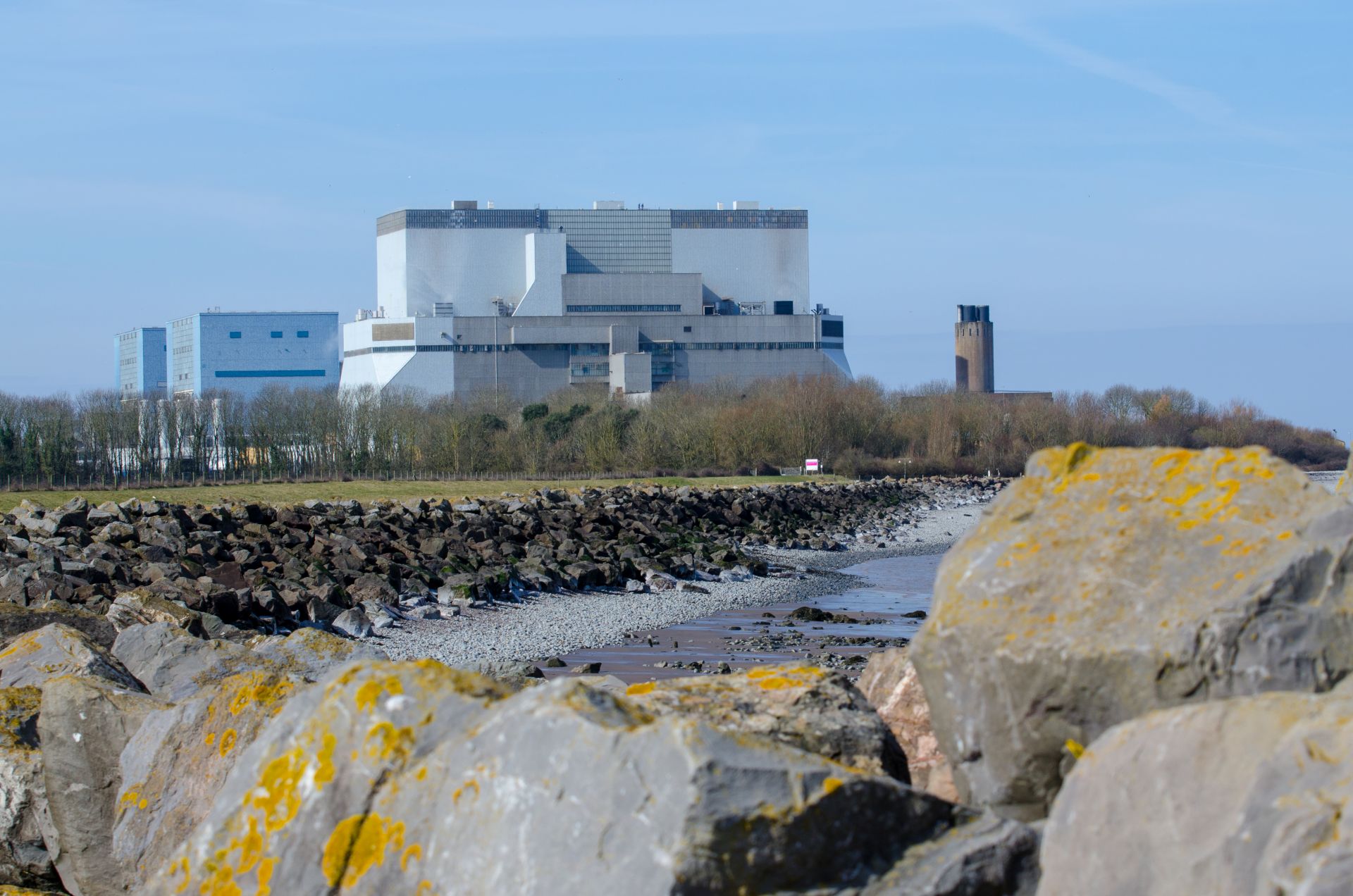
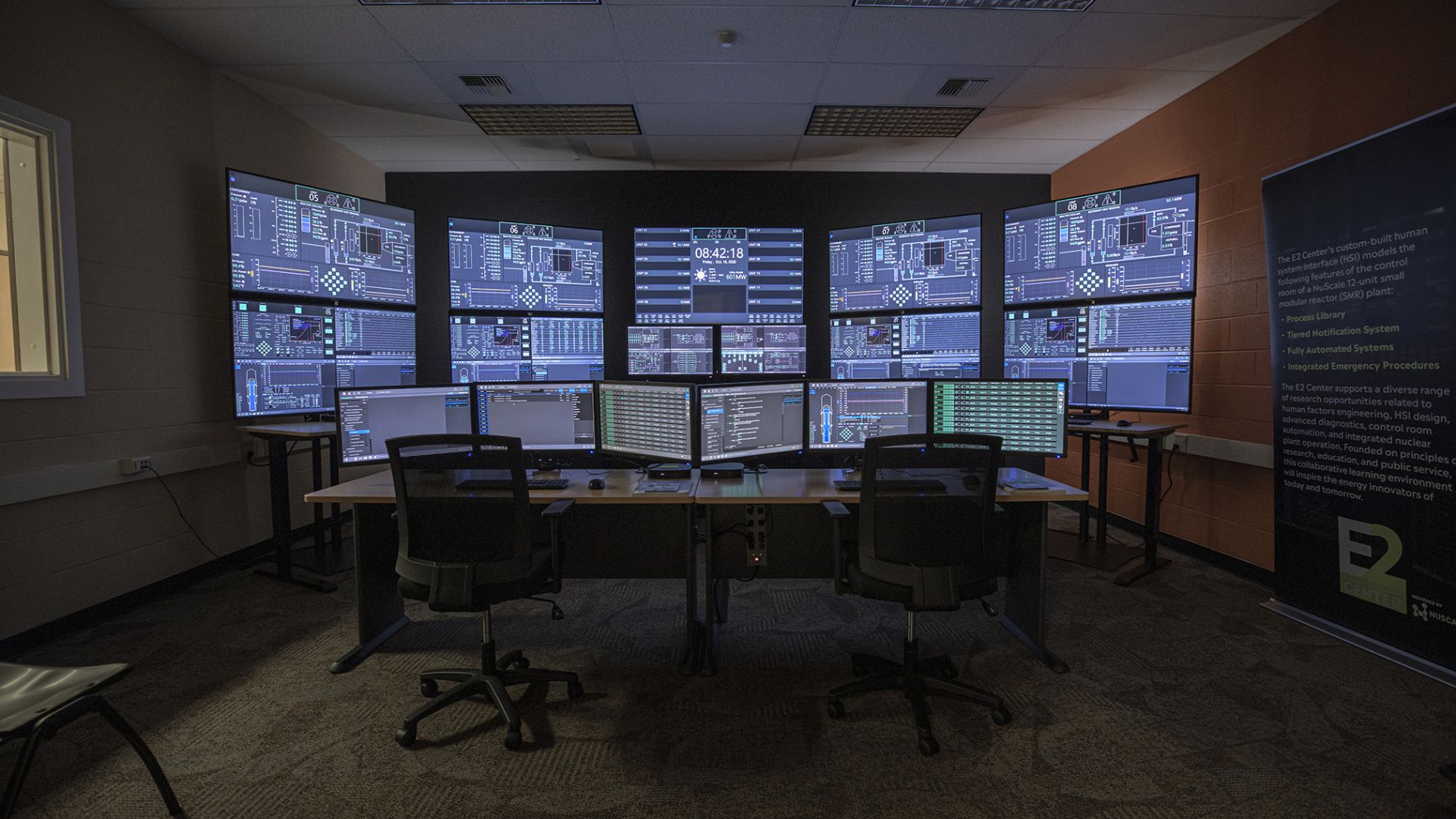
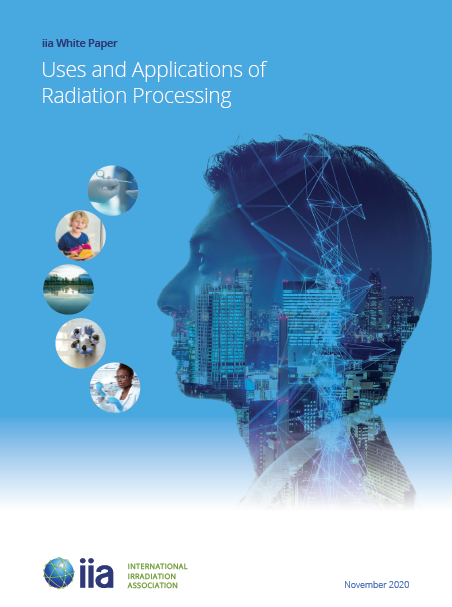 With input from the American Nuclear Society and other organizations, the
With input from the American Nuclear Society and other organizations, the 